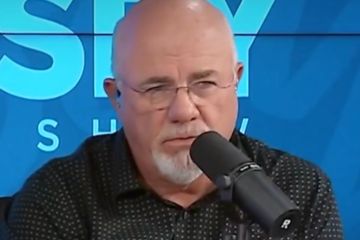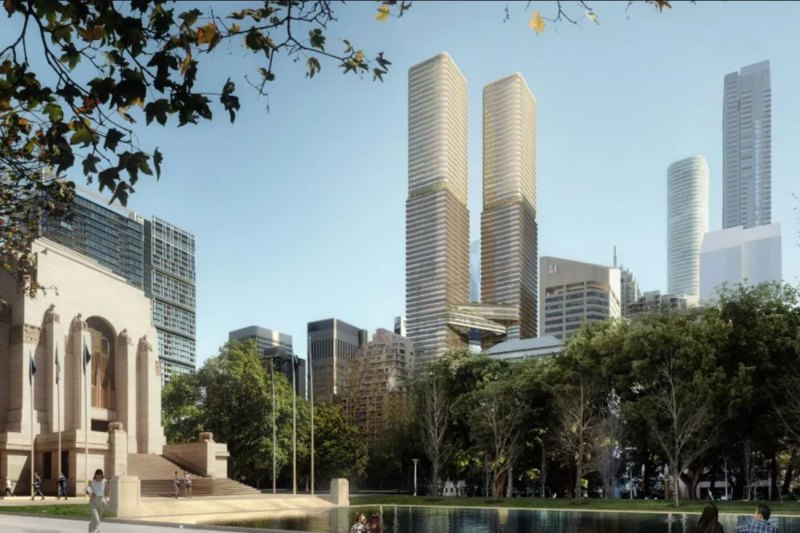When solar batteries will 'make financial sense'

Australians are expected to almost treble the number of solar back-up batteries in their homes this year as fears grow about future reliability and price of electricity.
But it will be two to three years before consumers see a return on their average $20,000 investment for a solar photovoltaic (PV) panels and battery system rather than just clawing back costs, say industry researchers.
Solar researcher SunWiz expects sales of lithium ion battery installations in Australia to rise from almost 7000 in 2016 to more than 18,000 in 2017.
Depending on grid electricity prices, time-of-use discounts and system installation prices, payback times range from seven to 13 years between capital cities, research shows.
Payback periods are calculated by dividing the cost of the solar and battery system by annual savings on power bills, assuming a solar PV warranty of 25 years and a battery warranty of 10 years, Solar Choice executive James Martin says.
For it to be a sensible investment, estimated storage pricing would need to come down about $200-$300 per kilowatt-hour (kWh) on a 5kW solar PV rooftop system and battery consuming 30kWh per day, according to the comparison service.
But the lowest prices recorded are between $750 to $800 per kWh of storage capacity with a solar PV/battery system – not expected to be “worth it” until at least 2019, Mr Martin said.
“We’re still a few years off from hitting this much anticipated price milestone, so for the time being we’re mainly looking at whether a solar and battery system will pay for itself before it the battery warranty expires – breaking even,” he said.
Mr Martin used SunWiz’s PVSell software to create scenarios for Australia’s capital cities, using some of the most competitive retail electricity plans and average solar system prices, with large, medium and small batteries.
He found Perth had the best average payback time of 7.3 years based on good hours-per-day of sunshine and low installation prices.
This was followed by Brisbane (8.2 years), Adelaide (8.4 years), Sydney (9 years), Melbourne (9.2 years), Hobart (11.4) and Canberra (12.7) – average payback times over a range of battery sizes.
Darwin was deemed unsuitable for solar storage due to a generous feed-in tariff rate.
SunWiz solar research consultancy founder Warwick Johnston said investment in solar PV and batteries would make more sense as competition brought down prices and electricity prices rose steeply.
South Australia’s high electricity prices made it one of the best jurisdictions for payback times.
But for the more than one in seven homes that had already installed solar PV, retrofitting a battery worth up to $10,000 was unlikely to pay for itself before its warranty expired.
“What holds back people who bought these PV systems under those feed-in tariffs, these aren’t people who have got $10,000 to spend on a battery,” Mr Johnston said.
Solar Choice agrees.
“Getting back to the retrofit, a lot of people thought there would be a massive retrofit market but so many of the pre-existing systems are much smaller before the price for PV came down,” Mr Martin said.
“[For them] it doesn’t make any sense to put in batteries. You could make better use of solar during the day,” he said.
“If people get solar PV and battery system right now looks the best if you think of the system as a whole.”
But for many consumers, the investment decision was more about taking control and having energy independence.
“They’re affordable enough with for someone with extra money and enough ire against electricity retailers,” Mr Martin said.
“It’s for psychological reasons. That’s why batteries are so appealing to people right now.”
He said there were two main ways a battery could save consumers money – by storing excess daytime solar for night-time use and through tariff arbitrage, or taking advantage of off-peak prices.
“Doing both of these, in a household that has some daytime usage, can be financially beneficial,” Mr Martin said.
We recommend
We thought you might like
States
Capital Cities
Capital Cities - Rentals
Popular Areas
Allhomes
More







